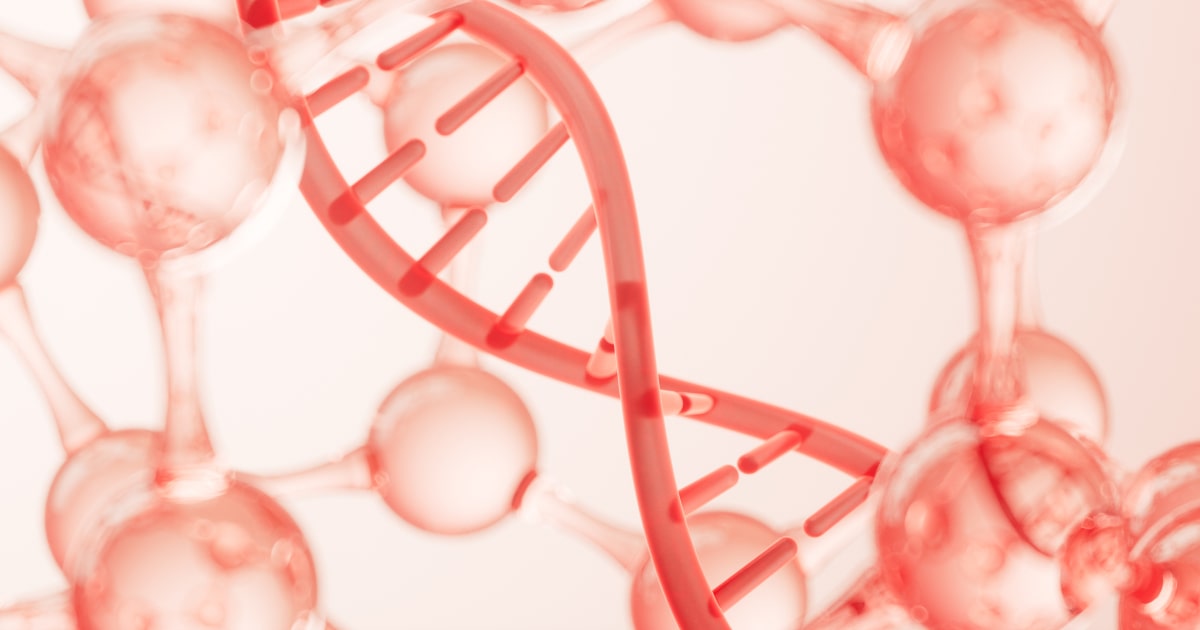
Expert Reviewed By: Dr. Brandon Colby MD
Ectodermal dysplasia 9, hair/nail type is a rare genetic disorder that primarily affects the development of hair and nails. This condition can lead to significant challenges in daily life due to its impact on physical appearance and associated complications. Recent advancements in genetic testing have opened new avenues for understanding and managing this condition, offering hope to those affected. This article delves into how genetic testing can be a game-changer for individuals with ectodermal dysplasia 9, hair/nail type.
Understanding Ectodermal Dysplasia 9, Hair/Nail Type
Ectodermal dysplasia encompasses a group of disorders that affect the ectodermal structures, including skin, hair, nails, and teeth. Ectodermal dysplasia 9, specifically, is characterized by abnormalities in hair and nail development. Individuals with this condition may experience brittle, sparse, or absent hair and nails that are malformed or underdeveloped.
The underlying cause of ectodermal dysplasia 9, hair/nail type is often genetic mutations. A pivotal study identified a mutation in the KRTHB5 gene, which plays a crucial role in the formation and structure of hair and nails. Understanding this genetic basis has paved the way for genetic testing to become an essential tool in diagnosing and managing the disorder.
The Promise of Genetic Testing for Ectodermal Dysplasia 9
Genetic testing is a powerful diagnostic tool that can identify specific mutations responsible for ectodermal dysplasia 9, hair/nail type. This testing involves analyzing an individual's DNA to detect mutations in the KRTHB5 gene, among others. The results can provide valuable insights into the condition, guiding both patients and healthcare providers in making informed decisions about management and treatment.
Early Diagnosis and Intervention
One of the most significant advantages of genetic testing is the ability to diagnose ectodermal dysplasia 9 early. Early diagnosis allows for timely intervention, which can mitigate some of the disorder's effects. For instance, knowing the genetic mutation can help anticipate potential complications and address them proactively, improving the individual's quality of life.
Personalized Treatment Plans
Genetic testing enables healthcare providers to tailor treatment plans to the specific needs of individuals with ectodermal dysplasia 9. By understanding the precise genetic mutation, doctors can recommend therapies and interventions that are more likely to be effective. This personalized approach enhances the efficacy of treatments and minimizes unnecessary interventions.
Family Planning and Genetic Counseling
For families affected by ectodermal dysplasia 9, genetic testing offers crucial information for family planning. Genetic counseling can help individuals understand the risk of passing the condition to their offspring and explore reproductive options. This knowledge empowers families to make informed decisions about their future.
Advancing Research and Treatment
Genetic testing not only benefits individuals and families but also contributes to the broader scientific understanding of ectodermal dysplasia 9. By identifying genetic mutations, researchers can develop targeted therapies and explore potential treatments. This ongoing research is vital for finding new ways to manage and eventually cure the disorder.
Conclusion: A New Era in Managing Ectodermal Dysplasia 9
The advent of genetic testing marks a new era in the management of ectodermal dysplasia 9, hair/nail type. By providing early diagnosis, personalized treatment plans, and invaluable information for family planning, genetic testing offers hope and empowerment to those affected by this rare condition. As research continues to advance, the potential for improved treatments and outcomes grows, promising a brighter future for individuals with ectodermal dysplasia 9.
For more information on the genetic basis of this condition, refer to the study identifying the KRTHB5 gene mutation: Link to Study.
About The Expert Reviewer
Dr. Brandon Colby MD is a US physician specializing in the personalized prevention of disease through the use of genomic technologies. He’s an expert in genetic testing, genetic analysis, and precision medicine. Dr. Colby is also the Founder of and the author of Outsmart Your Genes.
Dr. Colby holds an MD from the Mount Sinai School of Medicine, an MBA from Stanford University’s Graduate School of Business, and a degree in Genetics with Honors from the University of Michigan. He is an Affiliate Specialist of the American College of Medical Genetics and Genomics (ACMG), an Associate of the American College of Preventive Medicine (ACPM), and a member of the National Society of Genetic Counselors (NSGC)